A Bidet Grows In Brooklyn
This post is sponsored by![]()
The first time I traveled to Europe, when I was an extraordinarily naive 23 year old, I’d never seen the bathroom fixture that was installed next to the toilet in our hotel room. Douglas, my husband, had been abroad a number of times, and told me it was a “bidet” that Europeans use to cleanse their tushes with water after they use the toilet. Pretty snazzy, I thought, even though we were staying in an unsophisticated hotel.
I quickly learned that bidets are a fact of life throughout most of Europe, and not just for the “ruling class.” As a matter of fact, bidets have been mandatory for decades in countries including Italy and Spain, and are widespread in places from Japan to Argentina.
So, what does the rest of the world know that we don’t? What they know is that using a bidet to gently cleanse their tushes is far more sanitary than constantly wiping, irritating and smearing them with dry paper, even if it’s cloud-soft toilet paper. We wouldn’t think about cleaning our dirty dishes with just a tissue, then reusing the dishes, so it surely doesn’t make sense to do it with our beautiful butts. What’s more, bidet enthusiasts don’t spend a fortune on toilet paper; Americans spend about $6 billion on it every year. And, over 15 million trees are cut down annually to manufacture toilet paper.
Her Husband Gave Her WHAT??
Miki Agrawal lives in Brooklyn, NY, but she’s a big believer in bidets. “My mother is Japanese, and my father comes from India, and they both grew up with bidets,” she said. A business and communications graduate from Cornell University, Miki’s career skyrocketed by developing products that filled important needs, including quality, beautifully designed undies to keep us dry from bladder leakage, and restaurants featuring gluten, hormone and preservative-free pizzas and other foods. She turned her attention to cleansing backsides after her soon-to-be husband bought her a bidet attachment for her toilet. “Once you use a bidet, you’ll never want to go back to toilet paper again. It’s also great as we become less flexible as we age,” Miki told me.
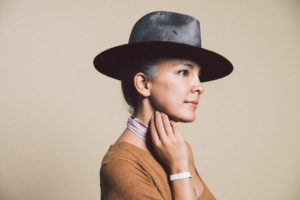
Miki has seen a growing number of women of all ages develop health issues, such as yeast and urinary tract infections, fissures, anal itching and hemorrhoids, and she knows many of our problems could be prevented if we used bidets. “Standard bleached toilet paper has harsh chemicals and spreads infections,” Miki said.
Although we can buy bidet toilet seats for many hundreds of dollars, or flimsy, cheap attachments for our own toilet seats, Miki wanted to create a beautifully designed product that was neither flimsy or expensive, and could easily connect to our current toilets.
The Birth Of Her Bidet
The result is TUSHY (how cute is that?) It fits standard toilets, and even some one-piece toilets, and it doesn’t require electricity or plumbing. I unscrewed my toilet seat, put TUSHY in place, connected it to the water supply, and voila, I had a bidet. Besides good looks and easy installation, TUSHY features a pressure and angle control to deliver a gentle spritz to a power wash just where I want it. My bottom feels as fresh as it does after I shower! I’m using the TUSHY Classic model, but for only a few dollars more, you can buy TUSHY Spa, which gives you cool or warm water.
>>CLICK HERE TO TRY TUSHY TODAY!
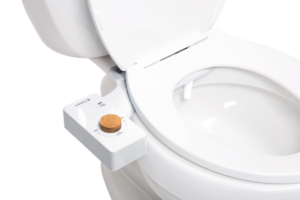
If you still can’t live without toilet paper, you can buy inexpensive, two-ply, organic toilet paper from TUSHY, made with unbleached, “silky-strong” bamboo fibers. “Bamboo grows like a weed, and we don’t have to chop down 150-year-old trees to produce it,” Miki explained. You’ll also use 80 percent less paper when you have a TUSHY bidet, she said. The company also has a partnership with Samagra to provide one family in rural India with access to clean community toilets for every TUSHY bidet sold. Poor sanitation facilities in developing countries results in the death of one child every 17 seconds,TUSHY reported.
If you make the move to go paperless, you can pat your butt dry with eco-friendly, anti-bacterial, and super absorbent TUSHY towels. These soft bamboo towels are unbleached and can be machine washed and dried.
WHAT’S BEHIND IT ALL (get the pun?)
I admire Miki for her entrepreneurial accomplishments. Even before I learned that she also created Icon undies, I was a big fan. I’ve never been to Wild, her pizza restaurant, but one recently opened near my house in Brooklyn, so I intend to give it a try. In September 2001, Miki had recently started working in finances for a company with offices in the building near the World Trade Center. “After my friend went to her office in the Trade Center, I’d walk across the street to my office.” On September 11th, Miki didn’t hear her alarm clock and slept late. Frantically calling a car service to get to work ASAP, the dispatcher told her to turn on her TV set, then hung up.
“I had a wakeup call after that day to pursue my passion. I was only 22, but realized life is short and so many things can happen. We’re lucky to be sitting here talking to each other,” she told me.
I’m sharing Miki’s story because knowing a little about the people behind the products I use makes me appreciate them even more. I highly recommend TUSHY.
 to give your tush the time of its life. Enter code FABOVERFIFTY for 10 percent off already great prices.
to give your tush the time of its life. Enter code FABOVERFIFTY for 10 percent off already great prices.


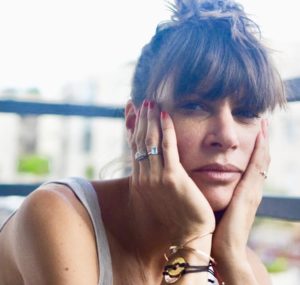
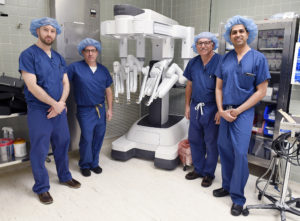
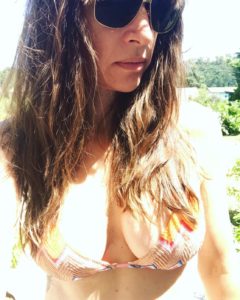
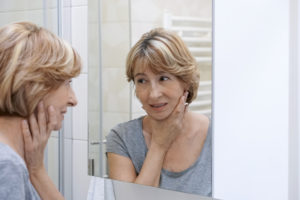 way: We loss from 20 to 50 percent of our collagen by the time we’re 50 years old. Wrinkles appear, sagginess sets in, and our skin becomes drier and duller. Aargh!
way: We loss from 20 to 50 percent of our collagen by the time we’re 50 years old. Wrinkles appear, sagginess sets in, and our skin becomes drier and duller. Aargh!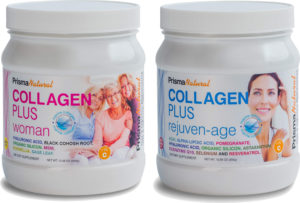
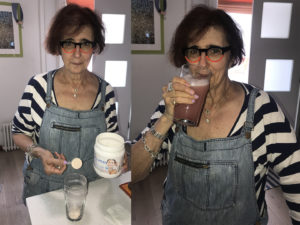

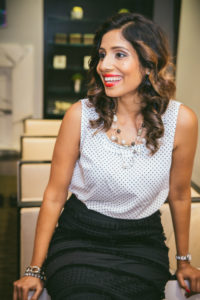
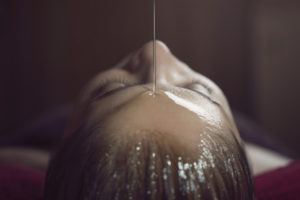
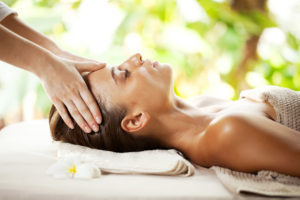 personality. Your Dosha is one of three energies, or mind-body types, that defines your makeup. When Dr. Beri discovers your distinct Dosha, based on your answers to her Dosha Quiz, she can help you make the best lifestyle choices–from the food you eat and the exercises you perform, to the supplements you take–so you can live a healthier, more balanced life.
personality. Your Dosha is one of three energies, or mind-body types, that defines your makeup. When Dr. Beri discovers your distinct Dosha, based on your answers to her Dosha Quiz, she can help you make the best lifestyle choices–from the food you eat and the exercises you perform, to the supplements you take–so you can live a healthier, more balanced life.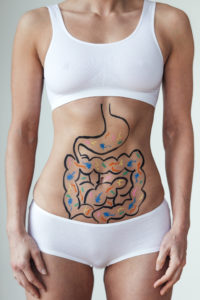 as excess sebum (oils) and breakouts. If you’re overloaded with Vata, you could develop eczema or atopic dermatitis because you’re stressed out and depressed, Dr. Beri notes. “Your mind is very powerful, and can control how your gut is working, as well as your overall experience is in life and your relationship to the environment. And, your gut is connected to your skin, liver, and kidneys. Everything is interrelated,” she adds.
as excess sebum (oils) and breakouts. If you’re overloaded with Vata, you could develop eczema or atopic dermatitis because you’re stressed out and depressed, Dr. Beri notes. “Your mind is very powerful, and can control how your gut is working, as well as your overall experience is in life and your relationship to the environment. And, your gut is connected to your skin, liver, and kidneys. Everything is interrelated,” she adds.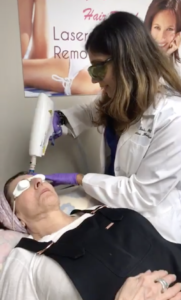

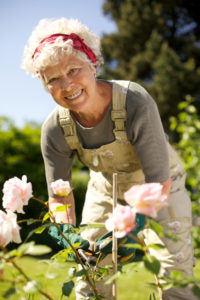 backbreaking work like landscaping. Light gardening, however, can be a great way to casually exercise, as long as you’re doing it safely.
backbreaking work like landscaping. Light gardening, however, can be a great way to casually exercise, as long as you’re doing it safely.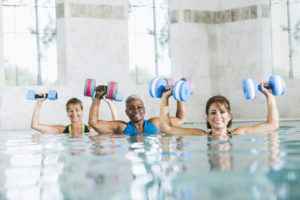 campus. Imagine a pool that’s always available and steps away – minus the responsibility of upkeep!
campus. Imagine a pool that’s always available and steps away – minus the responsibility of upkeep!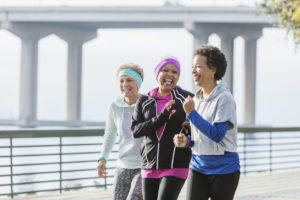 especially after you’ve been cooped up all winter. This low-impact activity can improve circulation, decrease bone loss, improve you sleep, help you lose weight, lower your blood pressure, improve your mood, support your joints, improve respiratory function – and much more. Walking also improves your balance, which is paramount as we age.
especially after you’ve been cooped up all winter. This low-impact activity can improve circulation, decrease bone loss, improve you sleep, help you lose weight, lower your blood pressure, improve your mood, support your joints, improve respiratory function – and much more. Walking also improves your balance, which is paramount as we age. 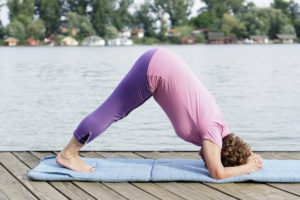 Yoga often is based on broad muscle groups, and focuses on improving balance, flexibility, endurance, strength, and spirituality, with some physical movement. Yoga can range from gentle and peaceful to sweaty and extremely challenging, so any of us can find a style to suit our needs and ability.
Yoga often is based on broad muscle groups, and focuses on improving balance, flexibility, endurance, strength, and spirituality, with some physical movement. Yoga can range from gentle and peaceful to sweaty and extremely challenging, so any of us can find a style to suit our needs and ability.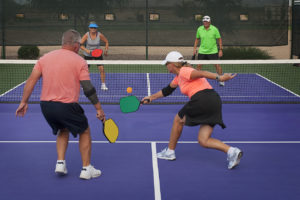 Light outdoor sports such as bocce ball, horseshoe throwing,
Light outdoor sports such as bocce ball, horseshoe throwing, 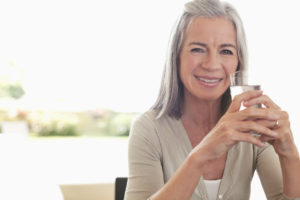 It’s crucial to drink water to stay hydrated during any outdoor physical activity, especially during the summer. Our bodies are made up of 60 percent water, so being hydrated helps you remain healthy and maintain proper body functions. It also helps you to think clearly, repairs your muscles, and increases your metabolism. Even if you’re taking a dip in the pool, you should keep hydrated.
It’s crucial to drink water to stay hydrated during any outdoor physical activity, especially during the summer. Our bodies are made up of 60 percent water, so being hydrated helps you remain healthy and maintain proper body functions. It also helps you to think clearly, repairs your muscles, and increases your metabolism. Even if you’re taking a dip in the pool, you should keep hydrated. 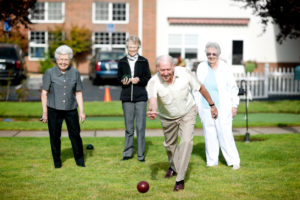 your daily walk and enjoy Mother Nature, and community gardens are typically buzzing with activity during this time of year.
your daily walk and enjoy Mother Nature, and community gardens are typically buzzing with activity during this time of year.
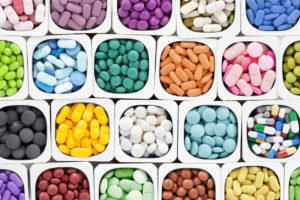 supplements
supplements 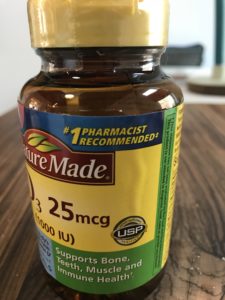 federally recognized public standards for dietary supplements, and awards a USP Verified Mark to those products that pass its multi-step Dietary Supplement Verification Program.
federally recognized public standards for dietary supplements, and awards a USP Verified Mark to those products that pass its multi-step Dietary Supplement Verification Program. 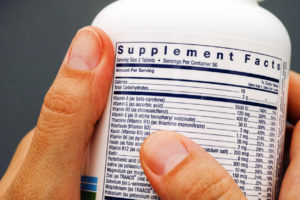 Over 100 different dietary supplements, representing different brands and retailers, carry the USP Verified Mark.
Over 100 different dietary supplements, representing different brands and retailers, carry the USP Verified Mark. 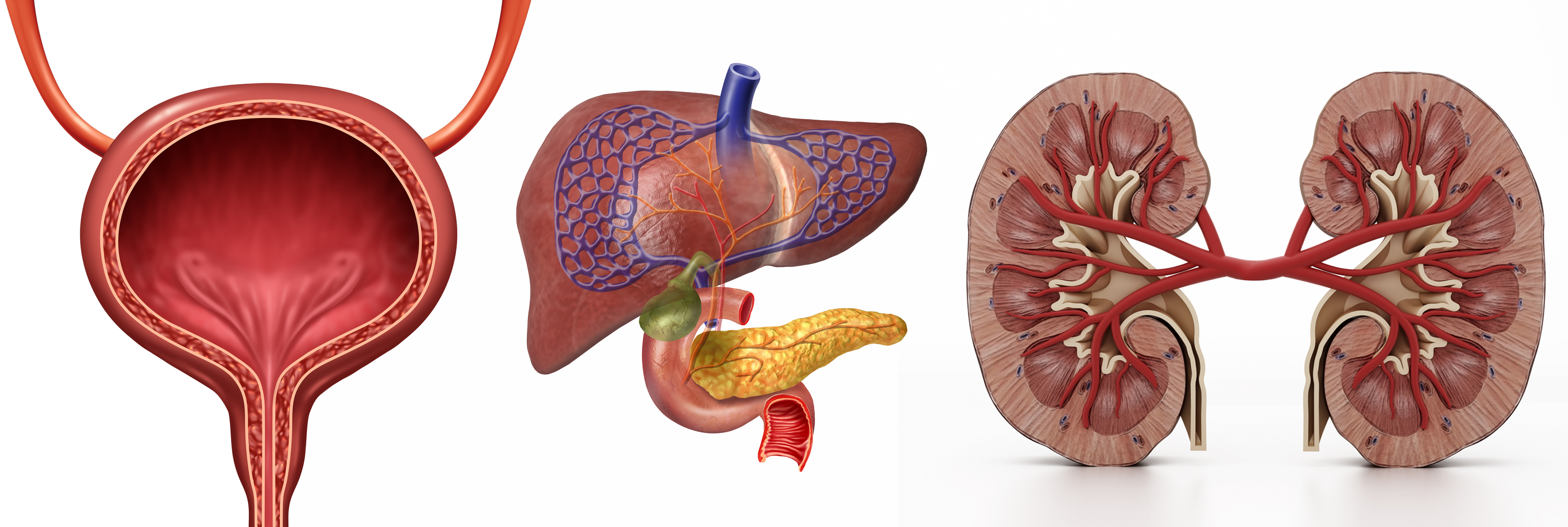
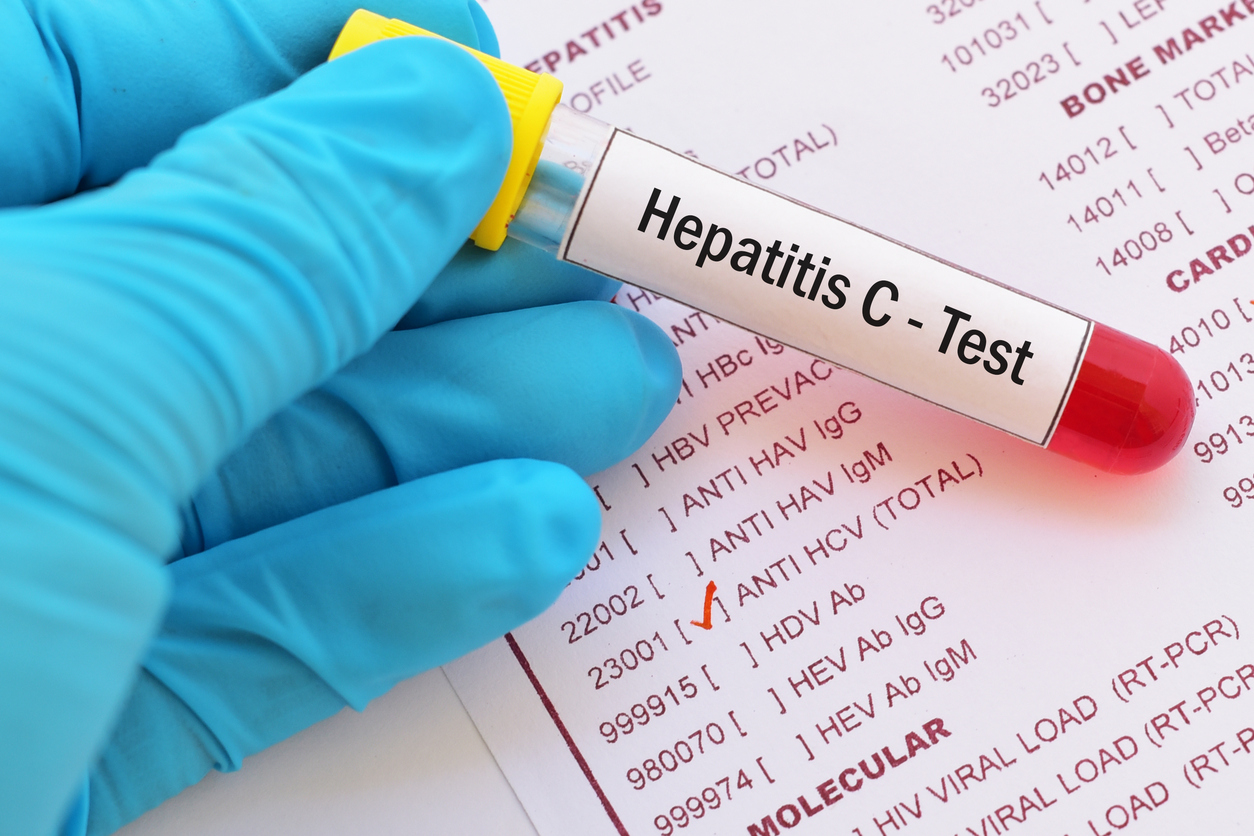
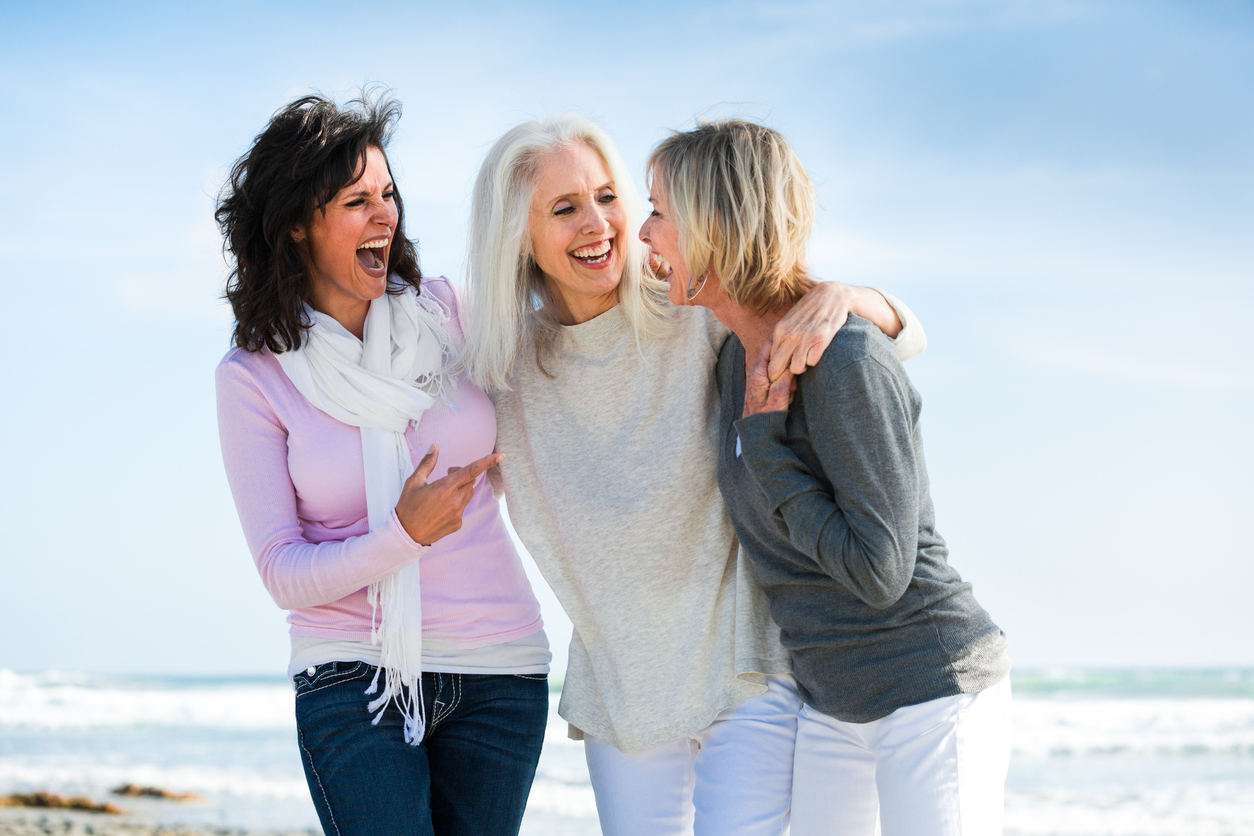
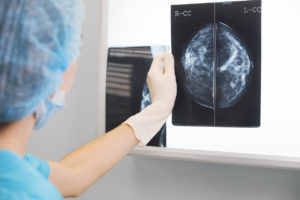
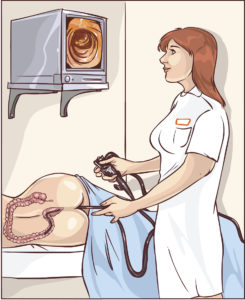
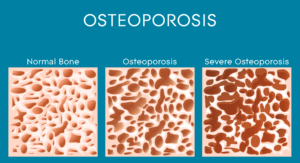
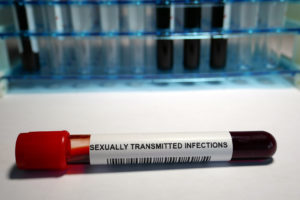
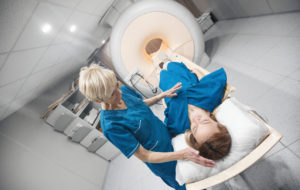
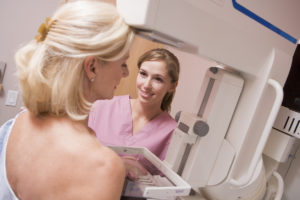
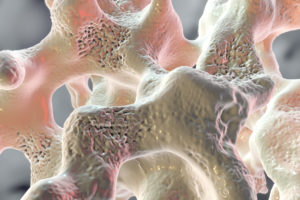
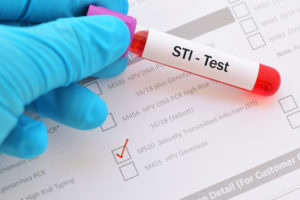
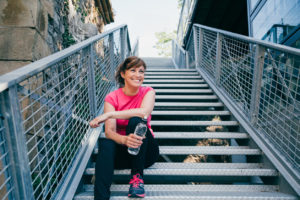
 And, now I can rejuvenate my health, starting from within, with a dietary supplement called TRU NIAGEN. I have been taking
And, now I can rejuvenate my health, starting from within, with a dietary supplement called TRU NIAGEN. I have been taking